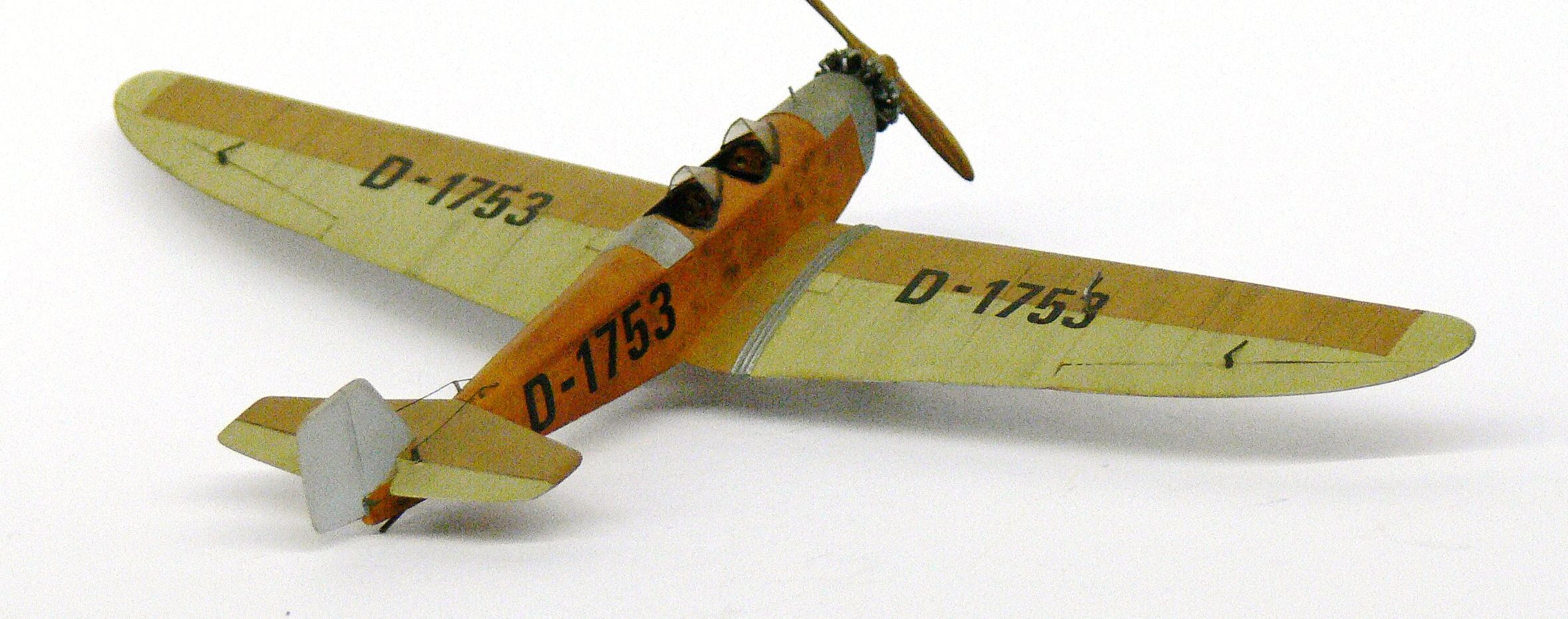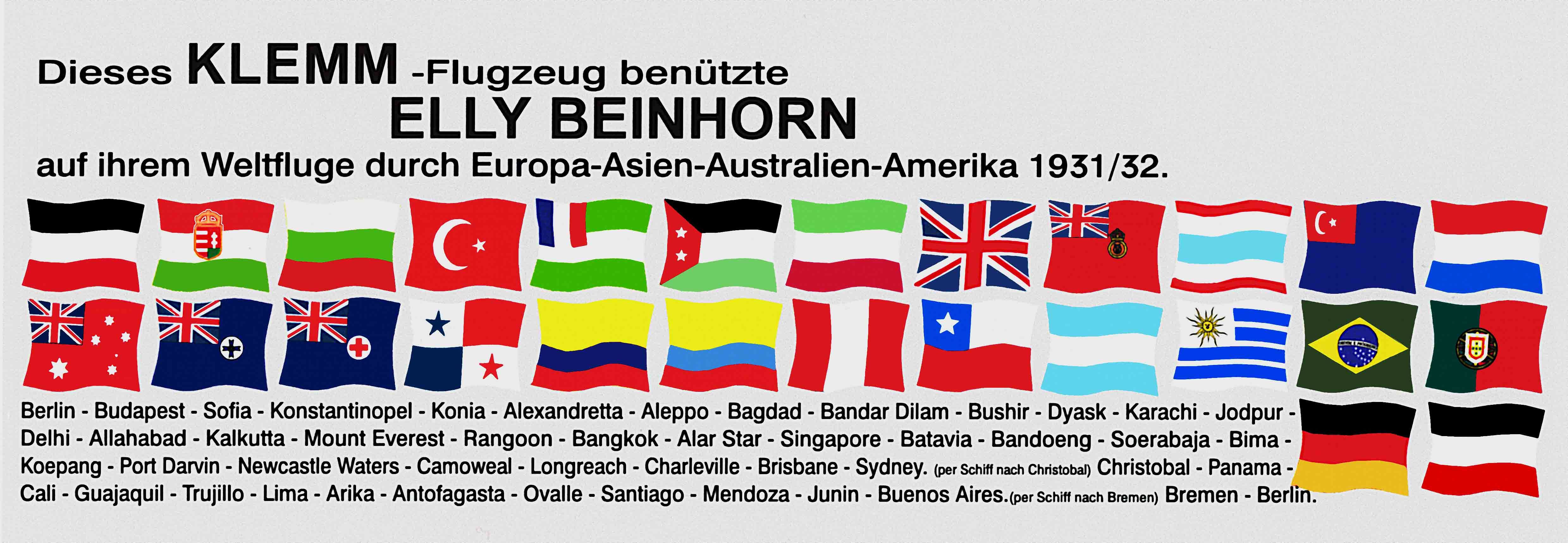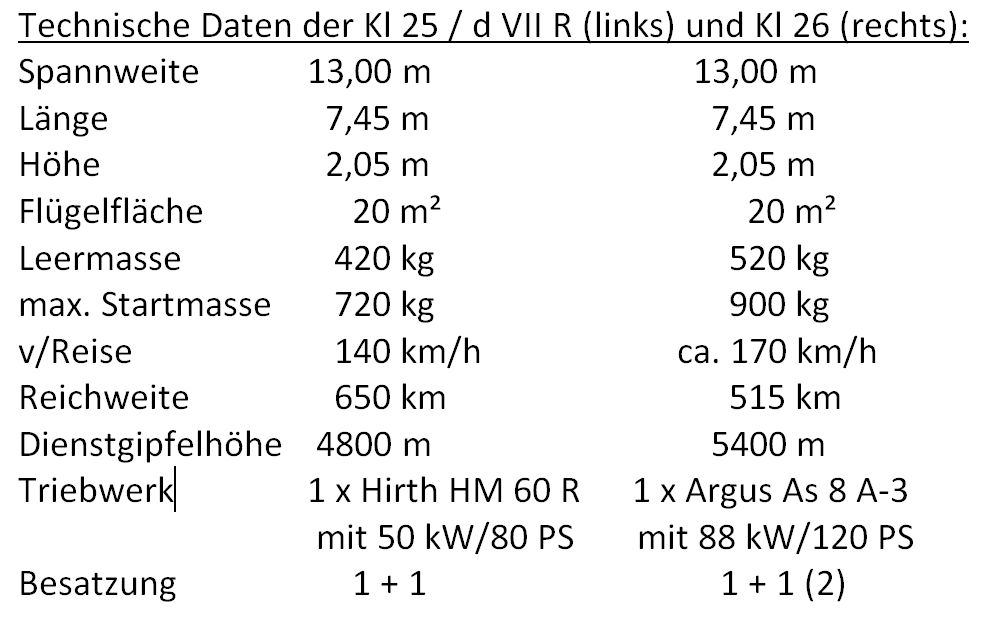Model of the month November 2018 Klemm
Klemm 25 / Klemm 26
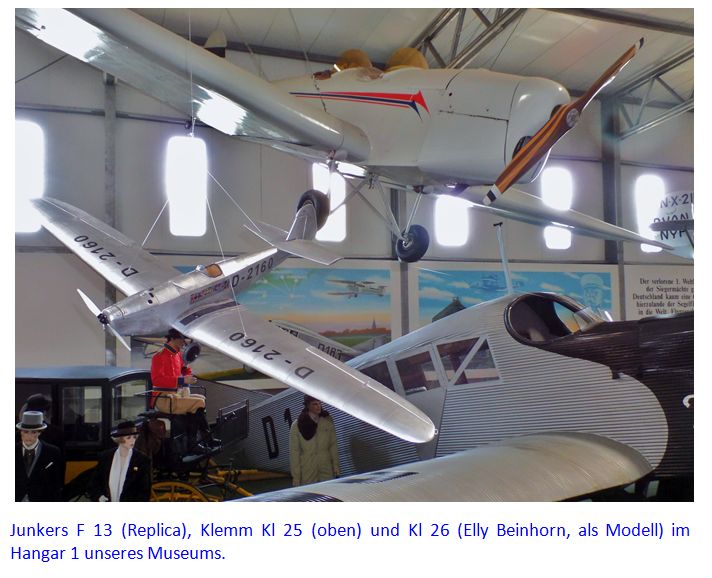
The company Klemm Leichtflugzeugbau in Böblingen originated from Daimler Flugzeugbau in Sindelfingen, where Klemm had been chief designer for a long time. This company was a classic "child" of the World War. When the war was lost and the Treaty of Versailles came into force, the basis of business was lost, as was the case with most German aircraft construction companies. Around 1925 Daimler gave up aircraft construction and had to merge with the Benz company in Mannheim to form Daimler Benz AG, which later again supplied ultra-modern engines for the aviation industry.
Klemm did not give up and saw market opportunities for his idea of light aircraft, which had already achieved its first success in his Daimler L 20. In 1926 he had set up his own business and his first design, the Kl 25, was directly linked to the Daimler L20. It was also made of a self-supporting wood frame with fabric covering and - like the Junkers F 13 made of sheet metal - had no struts any more, so it was self-supporting. (In our museum, both types hang directly on top of each other, so that the more or less identical construction principles of that time are easily visible).
It was developed by Robert Lusser at Klemm in 1927 (who also became responsible for the Messerschmitt Bf 108 and Bf 109 a few years later). The Kl 25 was developed for significantly stronger engines and thus had to be reinforced in its structure compared to the L 20, which led to an increase in weight. If you look at it today, it appears to us like a motorized glider due to its large aspect ratio. The supporting surface consisted of a plywood-planked torsion nose at the front, everything else was fabric-covered. The fuselage was again completely covered with plywood.
Several series were produced, the Kl 25a, l, b, b VII, d II and D VII R, a total of 30 variants were produced between 1928 and 1939, without the licence constructions abroad. Here the company British Klemm has to be mentioned, which later became the BAC (British Aircraft Co.) and produced modified versions (BK Swallow) and other Klemm aircraft. About 600 copies were produced, ours by Josef Kurz in the 70s as an accurate replica built on the Wasserkuppe.
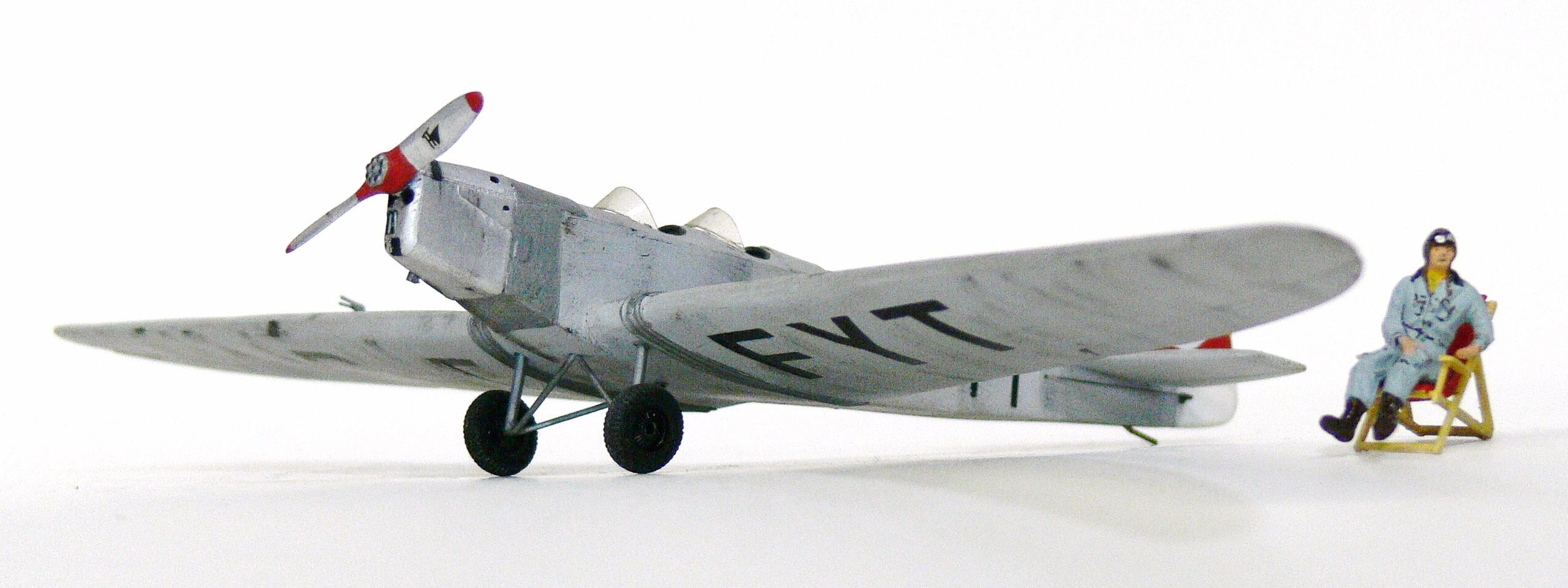
Already in 1928 the Kl 26 was derived from the Kl 25, basically it hardly differed from the Klemm Kl 25 except for a stronger engine Argus As 8 with 70 kW/95 HP or an even stronger version with 120 HP. Some radial engines were also used.
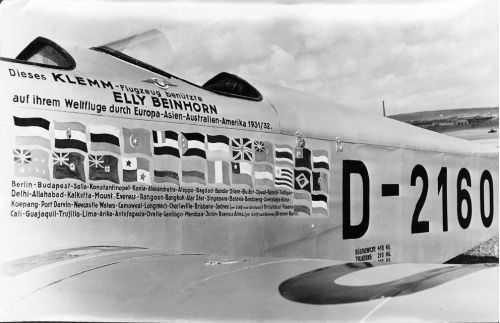
Here you see the original KL 26 with which Elly Beinhorn flew around the world: The D-2160, just returned from the trip. We have a model of this plane, scale 1:5, it hangs under our Klemm 25. The design was penned by Hannes Dabrowski.
